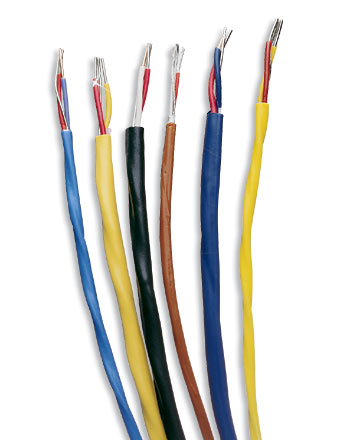Stranded Compensation Conductor
- Tel:0550-7591188
- Fax:0550-7591188
- Email:2136705934@qq.com
Description
The price of the multi-strand compensation wire is suitable for the compensation wire for electric thermocouples. It is used in the temperature measurement and control system in the factories, mines and scientific research departments of electric power, metallurgy, petroleum, chemical industry, light textile, etc. , high temperature resistance, aging resistance and other characteristics, shielding can prevent external interference.
Multi-strand compensation wire price using temperature:
Fire-resistant and temperature-resistant type: -40℃~+250℃
Fire resistance and high temperature resistance: -40℃~+380℃
Ordinary type: -20℃~+100℃
Stranded Compensation Conductor Product Features
Rated temperature: -60℃~+350℃
Execution standard: GB/T4989-94 equivalently adopts IEC584-3 "Thermocouple Part 3 - Compensation Wire"
Shield: tinned copper wire, silver plated copper wire, stainless steel wire
Insulator: Teflon (Fluoroplastic), Silicone Rubber, Fiberglass
Compensation wire models are divided into: KX, NX, KC, EX, JX, TX, SC, RC
a) The first letter of the model corresponds to the graduation number of the thermocouple;
b) The letter "X" indicates the extended compensation wire
c) The letter "C" indicates the compensation type compensation wire
d) The letter "H" means high temperature resistance
e) The letter "R" indicates multiple strands
f) The letter "P" means shield
g) Letter "F" means PTFE material
h) The letter "B" indicates fiberglass material
i) The letter "S" indicates the precision level compensation wire
j) The letter "G" indicates that the compensation wire is generally used
Temperature range: -40℃~+260℃~400℃ Compensation wire with temperature resistance of 0℃~1000℃ can be customized.
Note: SC-type compensation wire can be equipped with R-type graduation thermocouple




